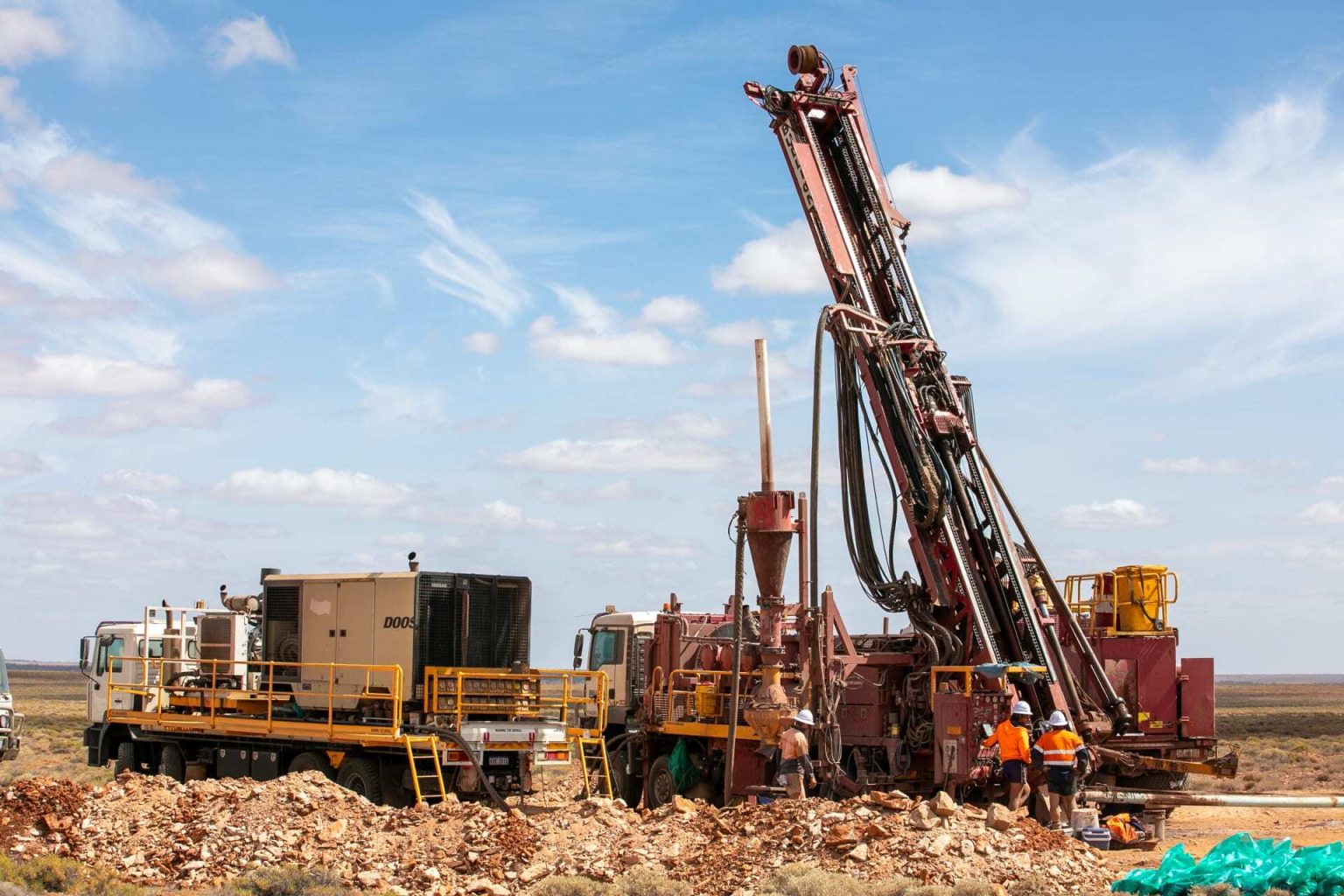In a significant technical breakthrough, Coda Minerals has transformed the economics of its Elizabeth Creek copper-silver project in South Australia through the successful implementation of chloride leaching technology. This innovation has increased copper recovery rates from 80% to 95%, dramatically improving the project’s financial outlook.
The new processing approach has boosted the project’s post-tax net present value to AUD $855 million, up from the previous estimate of AUD $802
...
In a significant technical breakthrough, Coda Minerals has transformed the economics of its Elizabeth Creek copper-silver project in South Australia through the successful implementation of chloride leaching technology. This innovation has increased copper recovery rates from 80% to 95%, dramatically improving the project’s financial outlook.
The new processing approach has boosted the project’s post-tax net present value to AUD $855 million, up from the previous estimate of AUD $802 million, while maintaining an impressive 30% internal rate of return at base case pricing. When calculated using current spot prices, these figures rise to an NPV of AUD $1.2 billion with a 38% IRR, highlighting the project’s strong economic potential.
“We’ve cracked it,” said CEO Chris Stevens, referring to the technical advancement announced in June. “We’ve had a big increase in recoveries.”
The shift away from conventional flotation-based processing represents a fundamental change in the project’s approach. The previous method required fine grinding to 53 microns, followed by a complex three-stage flotation process and subsequent regrinding before oxygen-assisted albion leaching. In contrast, the new system employs direct tank leaching with a four-hour residence time, processing approximately 400 tons per hour through polyethylene tanks.
This simplified flowsheet operates at a coarser grind size, significantly reducing power requirements while eliminating the need for multiple flotation stages and oxygen plants. The streamlined process has removed approximately AUD $175 million in capital expenditure associated with the previous processing infrastructure.
Overall capital expenditure has decreased by AUD $74 million, addressing a critical challenge for junior mining companies in the current capital environment. The elimination of complex equipment has streamlined requirements while maintaining processing capacity, also reducing operational expenses by AUD $8 per ton.
“You’re now not doing the second and third stage grinds, especially with the ISA mill, and you don’t have the O2 plant,” Stevens explained. “So net net, it’s a bit lower, and that’s reflected in the $8 a ton opex reduction.”
Perhaps the most significant strategic improvement is the project’s transformation from a cobalt-dependent operation to one achieving robust economics based solely on copper and silver production. This change eliminates exposure to the volatile cobalt market while maintaining potential upside.
“We no longer need cobalt for this project to be well economic and peer comparable,” Stevens noted. “Copper and silver are much more bankable commodities with deep liquid markets.”
The company removed AUD $1.5 billion in cobalt revenue from their base case model, demonstrating the project’s strength without relying on this historically volatile commodity. However, cobalt remains a potential catalyst for future value. “We believe we’ll get the cobalt back in, but it’s better back in as cream rather than as a base case requirement,” Stevens added.
The Elizabeth Creek project demonstrates substantial scale, with planned steady-state production exceeding 30,000 tons of copper annually and approximately 20 million ounces of silver over the mine life. The company has applied a 10% contingency to capital costs and provided comprehensive breakdowns to ensure transparency.
Management has identified three critical areas requiring attention during prefeasibility study development: variability testing, geotechnical optimization, and water resource confirmation. Stevens expressed confidence in addressing these challenges systematically, noting that the orebody shows limited geochemical variability between deposits.
The chloride leaching technology benefits from established industrial applications across multiple sectors, reducing scale-up risk. Stevens cited examples of similar technologies operating in Chile and Australia as precedents for commercial implementation.
The company is evaluating multiple development scenarios, including a potential stage-one operation focused on open-pit deposits that could provide earlier cash flow with reduced initial capital requirements. With three identified open-pit deposits containing approximately 250,000 tons of copper equivalent, this approach could offer a lower-risk path to production.
“Can you have a stage one that is economic on its own? Does it have its own payback? Is it a standalone project with optionality to expand that massively reduces your upfront capex?” Stevens outlined.
Coda’s location in South Australia, adjacent to BHP’s Carrapateena project, provides access to established infrastructure and mining expertise. The regulatory environment and proximity to existing operations enhance the project’s development prospects.
Looking ahead, management has identified multiple near-term catalysts for further value creation. Mine reoptimization represents a significant opportunity, as the current plan was developed under the previous processing paradigm and may not optimize tonnage and grade selection for the new flowsheet. Resource expansion through continued exploration offers additional upside, particularly given the improved economics of the new processing route.
With over one million tons of contained copper equivalent in a proven mining region, Coda Minerals appears well-positioned to advance its Elizabeth Creek project toward becoming a competitive mid-tier copper producer in a market facing growing demand and supply constraints.


